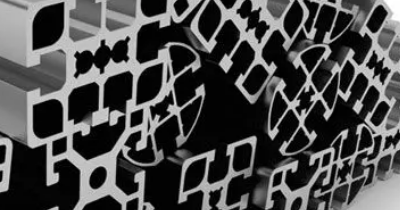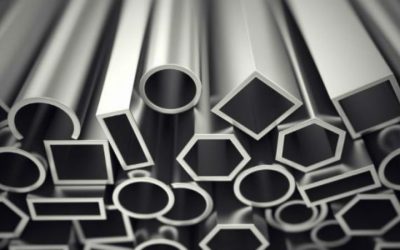One metal that has significantly impacted several sectors is aluminum. It is more affordable than other materials and beneficial for many applications thanks to its resilience, flexibility, and versatility. Particularly aluminum flat bars offer a wide range of uses across several sectors.
Aluminum flat bars may also be formed to fit a variety of technologies and products since they are extruded or rolled. In this article, we discuss some of the applications of the aluminum flat bar.
Medical Industry
Various medical equipment is made using aluminum flat bars, from enclosures to parts on surgical gadgets. Bending aluminum flat bar is easy, so it’s often formed into handles, grips, and tool casings for the medical industry. Structures and furnishings in typical hospitals both use aluminum flat bars. These produce components for gurneys, trays, carts, medical beds, bedpans, and more. Even hand bars and railings utilized for both patient and medical staff safety include them.
Electrical Components
The aluminum flat bar and alloy are also frequently utilized to make electrical components. Antennas, radar dishes, and capacitors are a few applications for aluminum flat bars. Some nations use flat aluminum bars for struts, bracing, and enclosures in pylon and power line applications. Due to its superior electrical and thermal conductivity, it is also employed in creating electrical transformers and low-voltage motors.
Structural Components
Aluminum flat bars are ideal for various architectural and structural purposes because of their extremely flat and rectangular surface. They can be readily cut, welded, drilled, and molded into many shapes, making them extremely versatile building materials. They are frequently utilized as construction supports and frames.


